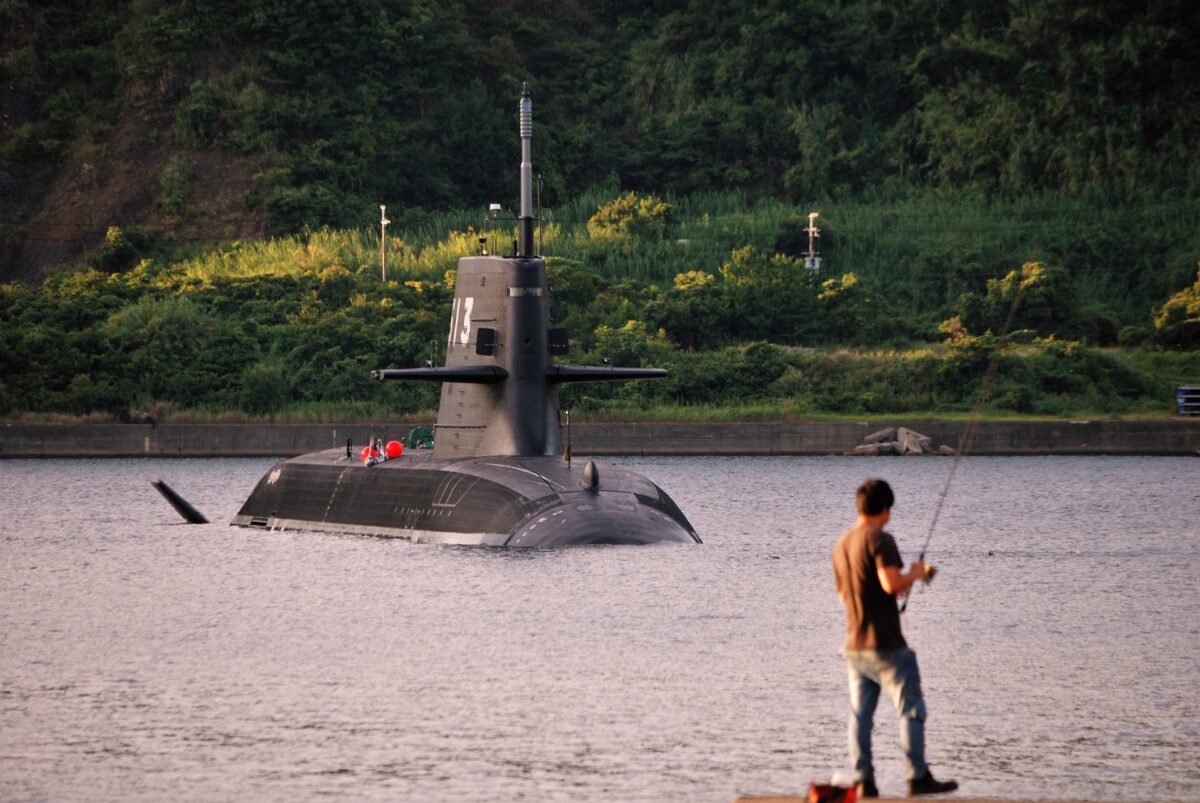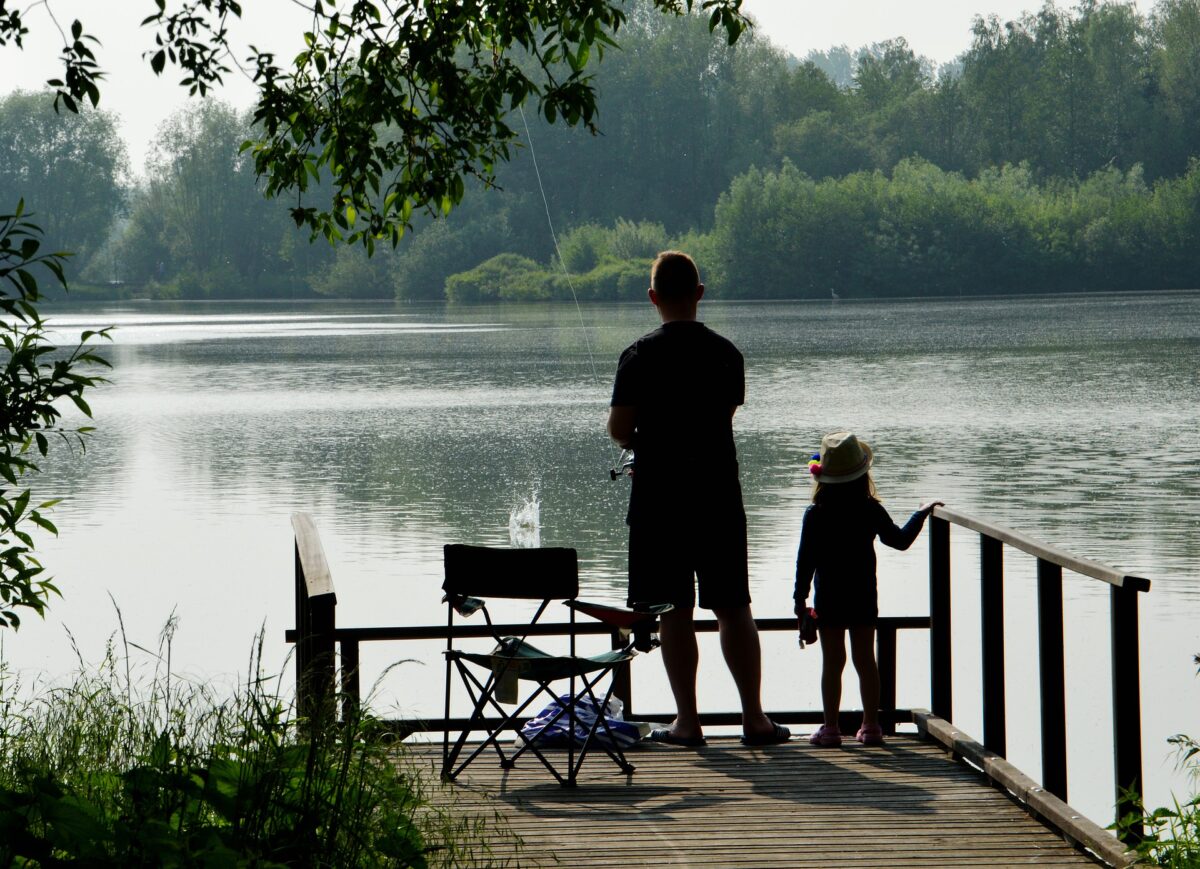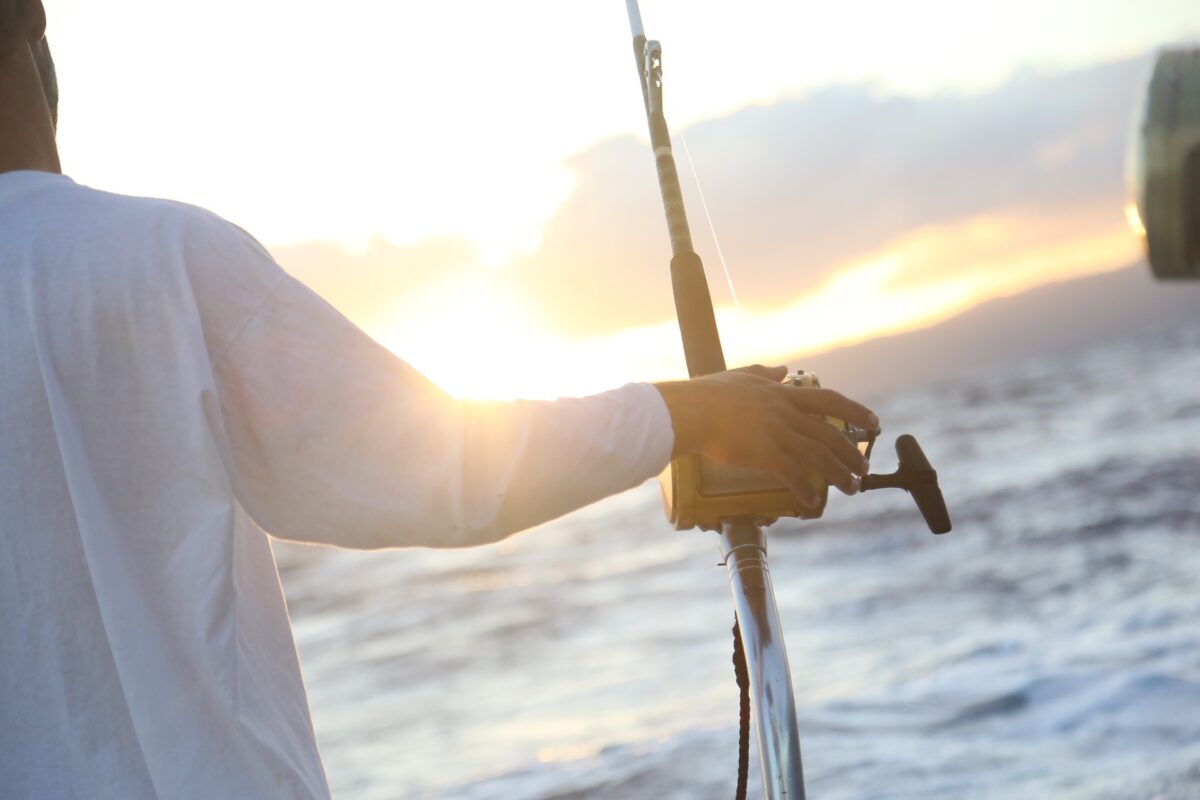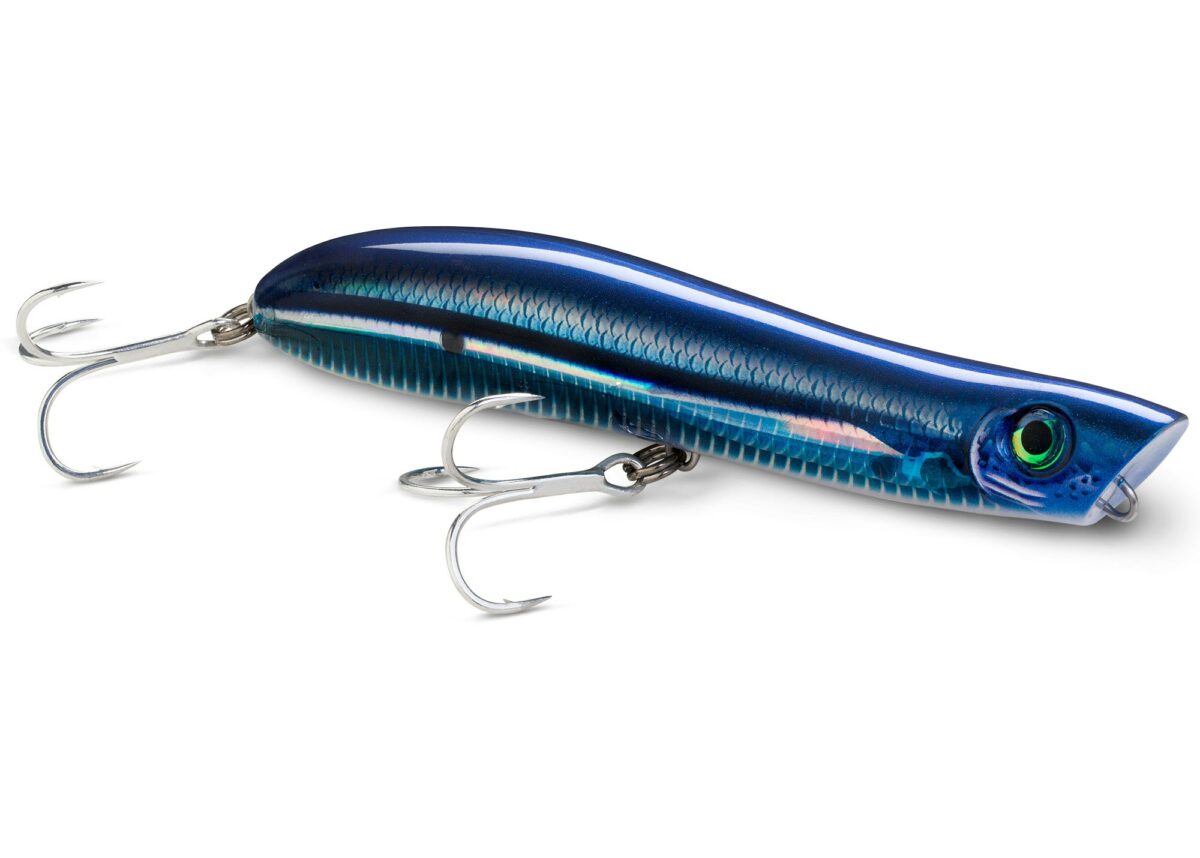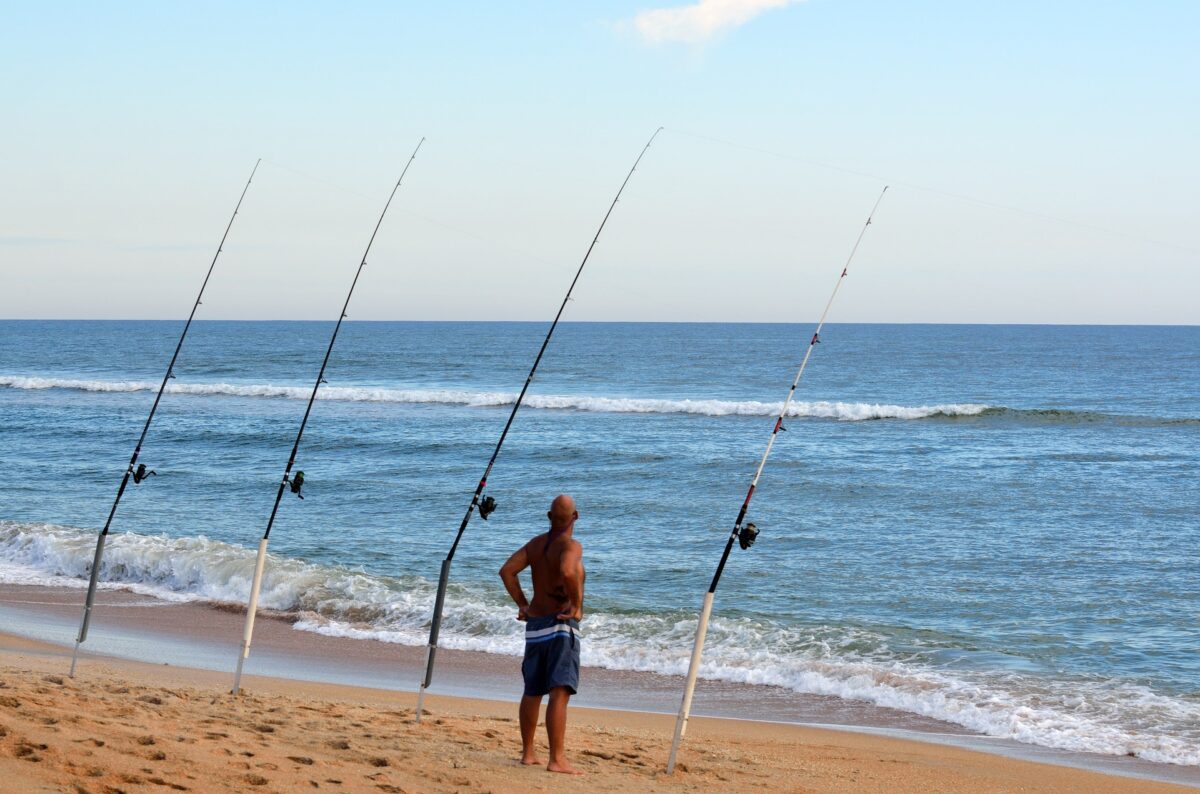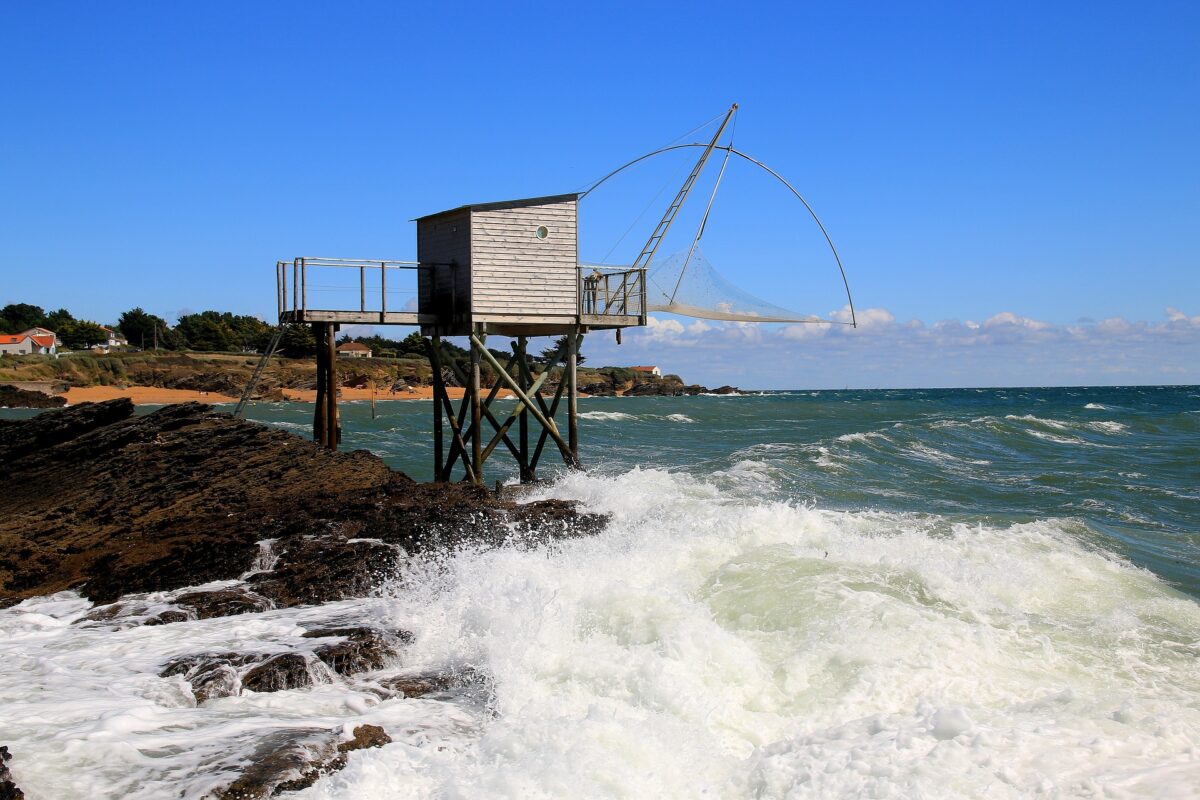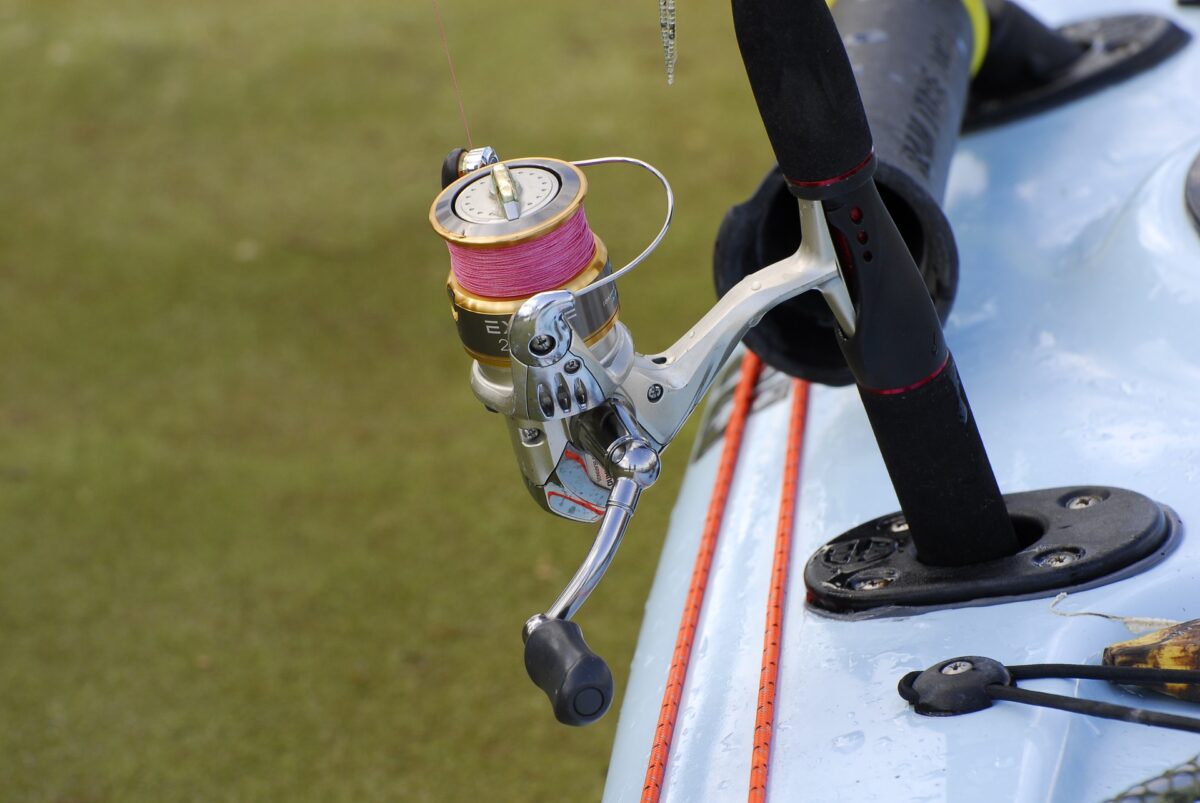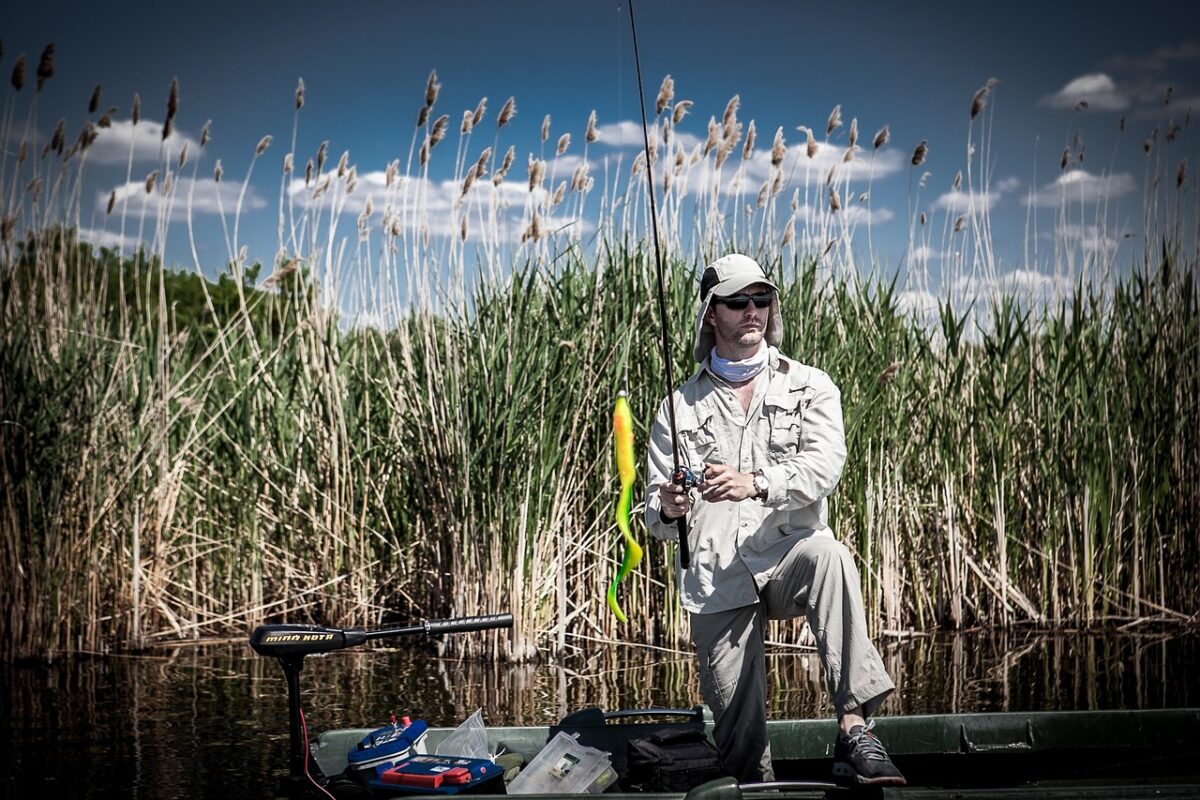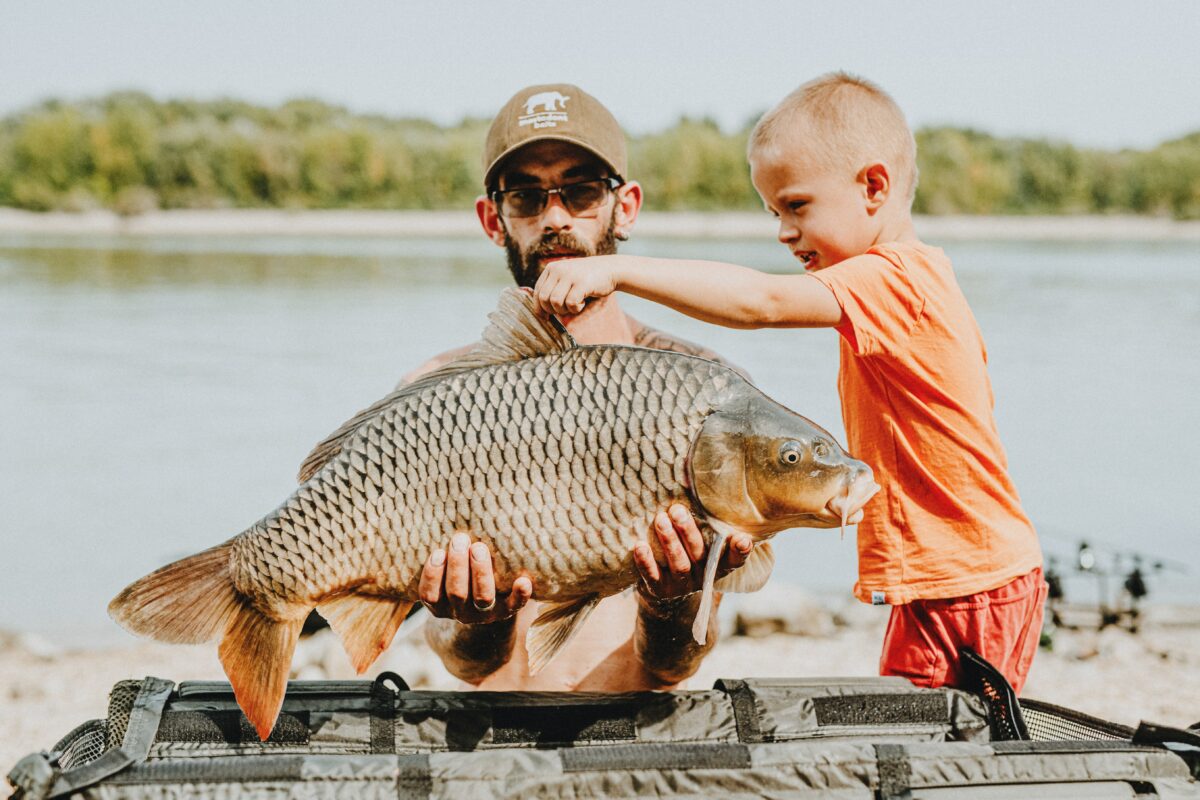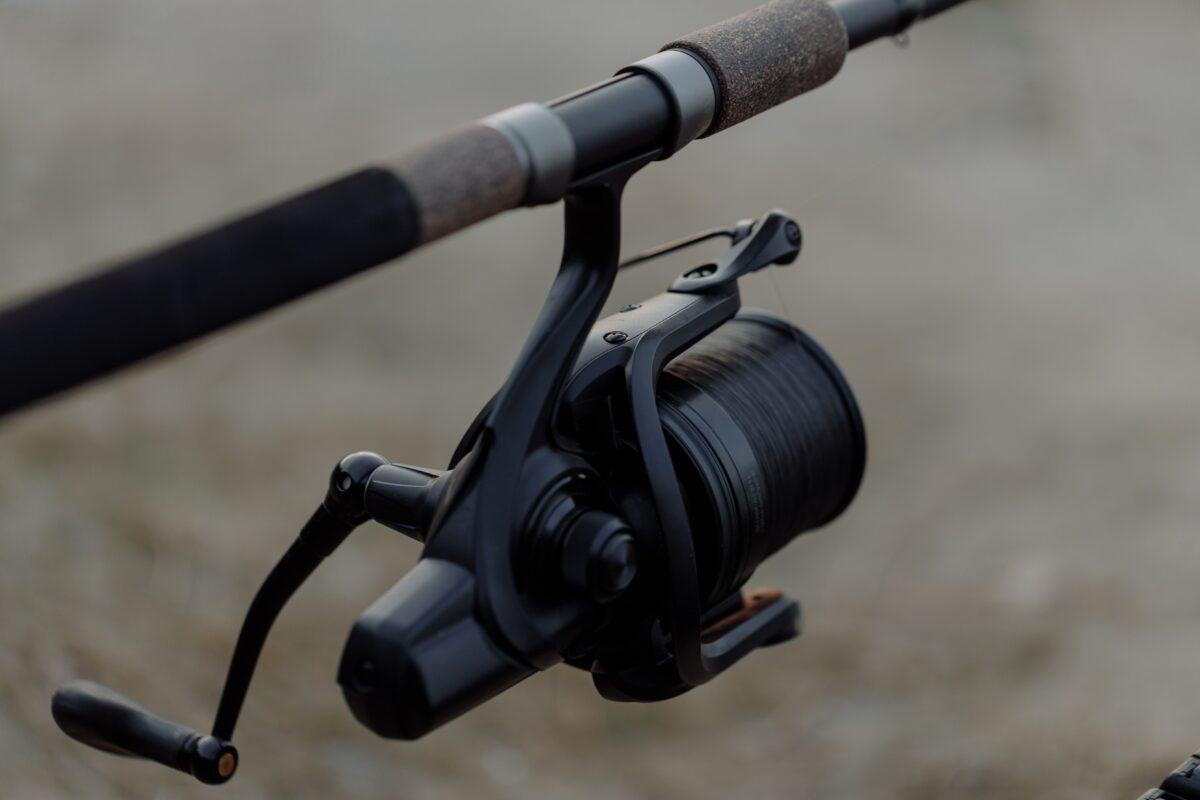The casting rod is not suitable for all fishing methods. You need the right equipment to have a successful casting experience.
The casting rod isrecognisable by its flexibility compared to a spinning rod. It also has more rings than a spinning rod. Note that the casting rod has the reel and the rings on top. This type of equipment is sometimes called a baitcasting rod. It is mainly used with a casting reel.
General information on the casting rod
A casting rod is one of the easiest types of rods to use. This rod has a relatively simple line delivery that can be easily released, allowing you to target a particular spot.
These rods can handle heavier lines and manoeuvre easily in dense areas with weeds and rocks. This makes them ideal for a beginner. On the other hand, it is best to use casting rods in a rod holder, as this will allow a steady and controlled release of line to free the lure. They can also be used to target a specific area where you want the lure to land.
A casting rod is used to fish for smaller species – such as yellow perch and sunfish – but some experienced anglers are happy to use the tool to tackle larger fish species – such as bass, salmon, lake trout, walleye and northern pike.
Choosing your casting rod
The casting rod allows you to cast far and accurately. You can make incredible casts into weeds or rocks without having to worry about the line ending up somewhere you didn’t expect. Its eyes are stronger. With a casting rod, breaking the eyes under the force of the line is no longer a problem. Note that this is not the case with all types of rods.
Casting rods have the ability to handle heavier lines. And they are more effective with lines that have materials that promote a better grip. The tool is suitable for freshwater fishing. However, sea anglers may have no choice but to use a spinning rod because the fish are bigger and heavier.
When it comes to casting, casting rods are the most versatile. You can cast with live bait, lures and everything else. Especially if the lures or baits are heavier than what is attached to the other end.
Casting rods also perform well in terms of durability. If you want something strong enough to hold up, there’s no denying what a casting rod can do. These rods are really hard to break. If you want to fight a heavier fish, this type of rod is recommended for experienced anglers.

